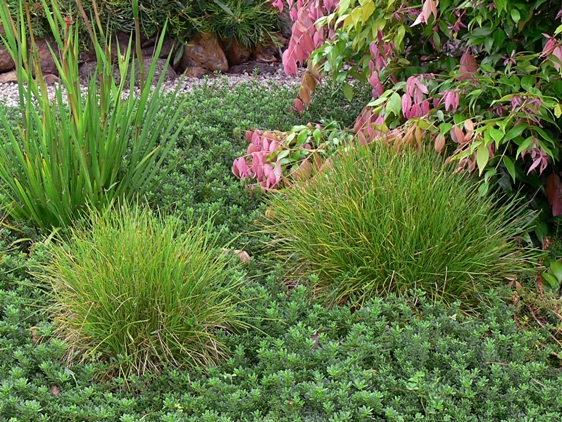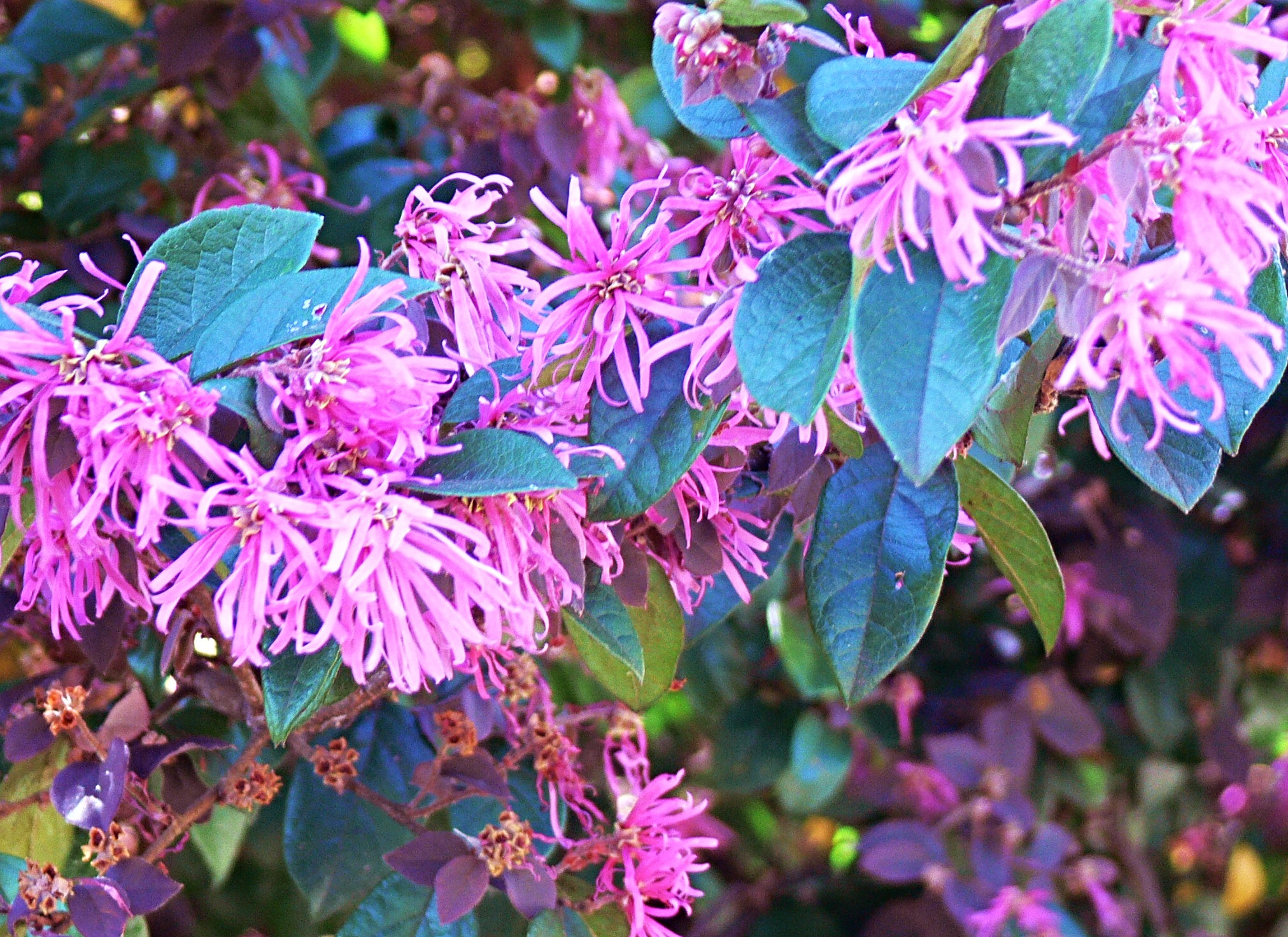Plant Directory
Lomandra
Many of us are familiar with the genus Lomandra. As a corner stone of revegetation projects, Lomandra hystrix and L. longifolia are a common sight alongside of highways and restored waterways.
More commonly known as Mat Rush, the Lomandra genus comprises of 50 species, all native to Australia with a few also being found off shore in places such as Papua New Guinea and New Caledonia.
In general, this is a very hardy plant, capable of growing in a wide range of soils, from sandy loams through to heavy clays and rocky outcrops. Light requirements for Lomandra are equally flexible with many species growing in full sun or semi shade.
Their root system reaches deep into the soil, making them ideally suited for stabilizing the banks of waterways and for general erosion control. They will cope with being under water for short periods or being subject to boggy conditions, but will also tolerate extended dry periods.
While the original forms develop into large clumping grasses of about 1.5 m high with a spread of upto 2 metres, this size will not suit many suburban gardens. Recently released cultivars allow us to grow smaller plants while retaining many of the positive traits of the original plant. Lomandra longifolia ‘Tanika’ will grow to about half the size of the regular form, where it would sit more comfortably along the drive of smaller blocks.
Lomandra confertifolia has provided a host of great new forms. The basic form is bright green and has a graceful, weeping habit. ‘Little Con’ and ‘Kiera’ are two are two dwarf forms which grow to 300mm high with a spread of 400mm. L. confertifolia also has a subspecies rubiginosa which has finer leaves with a blue/grey appearance. Cultivars of this, such as ‘Crackerjack” and ‘Wingarra’, are great alternatives to Festuca glauca in subtropical gardens.
Maintenance of Lomandra plants is relatively simple. Once established, they generally do not need more water than rainfall and are resistant to pests. The biggest threat to the health of the plant would come with mulching. Lomandra love a well mulched garden but prefer hard mulches such as wood chip or pebbles. Avoid mulching right to the base of the plant. In some of the smaller varieties, this will rot the base of the leaves and kill the plants.
The main maintenance consideration is to prune back the foliage at the end of winter, to about a third of its original size every three or four years. This is a good time to fertilize the plant.



